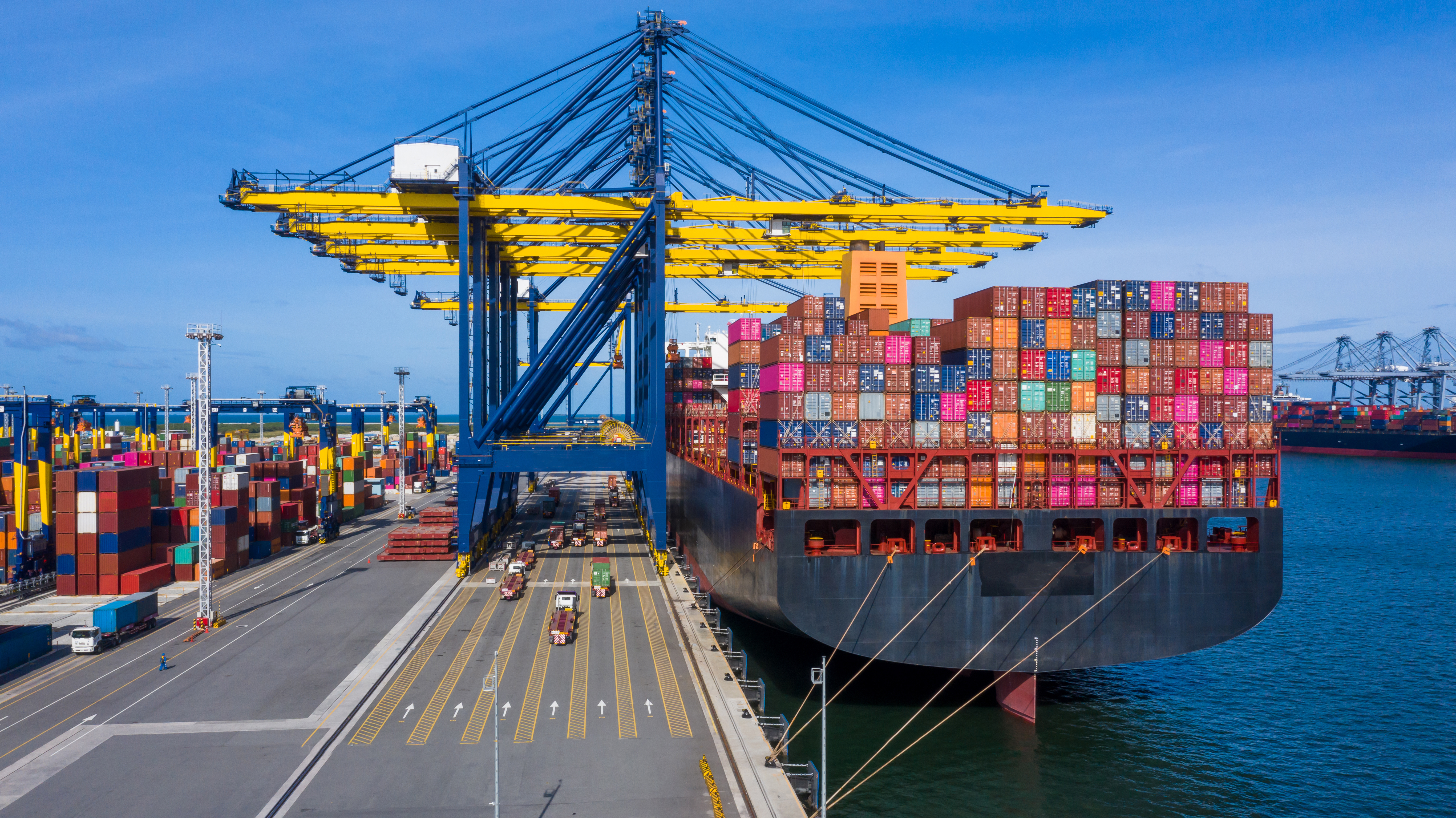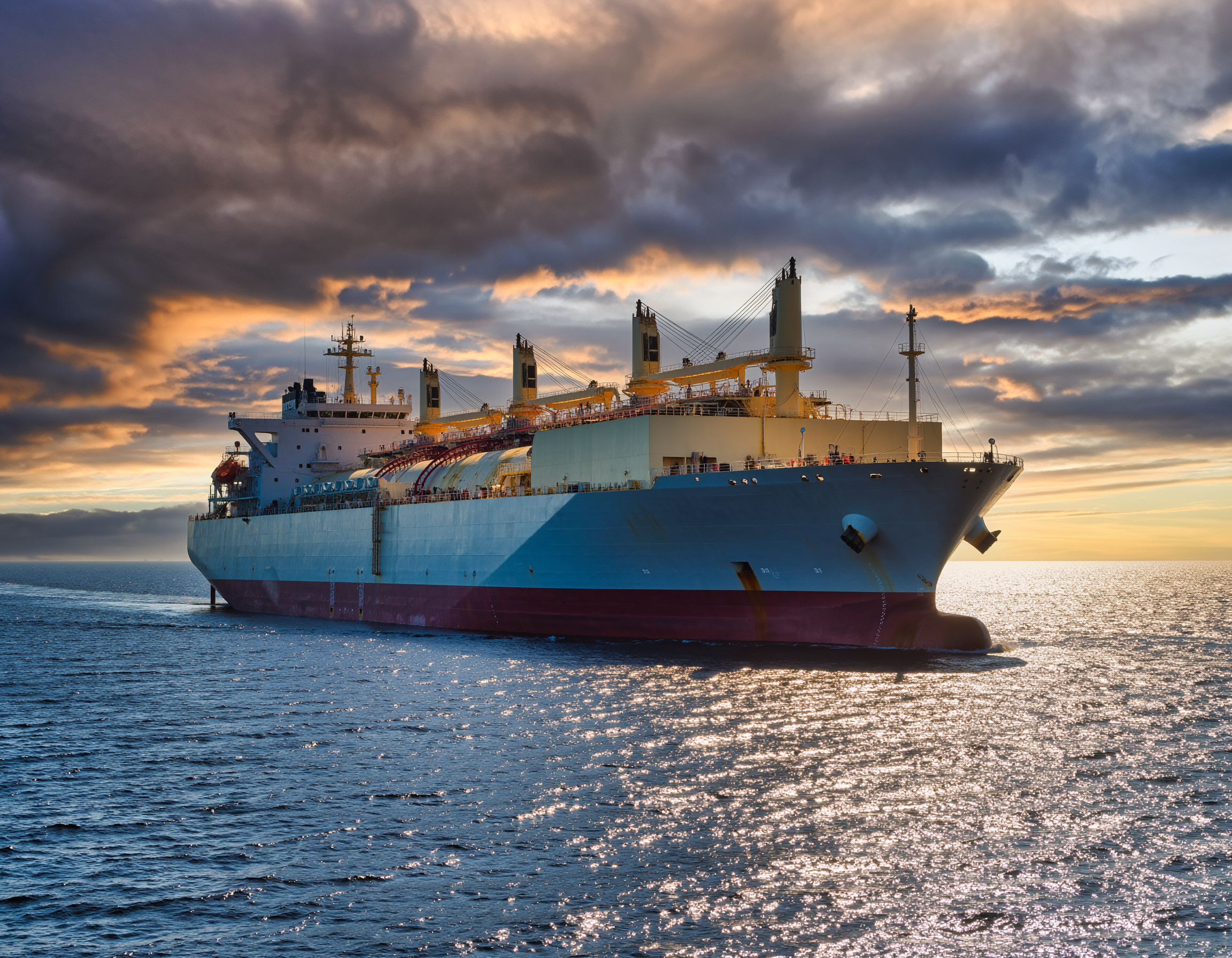Like some other countries, the United States is a federal jurisdiction consisting of a national government and fifty states. Maritime law is almost exclusively federal statutory or judge-made law but state law is also relevant in certain respects. Many federal statutes contain time bar provisions but some do not. Also, claims arising under the general maritime law are usually not governed by specific statutes of limitation. Claims arising under a federal law that does not include a statute of limitations are subject to the prescriptive doctrine of laches, which requires resort to analogous state law for guidance.
Laches consists of two elements: (a) unreasonable delay and (b) resulting prejudice to the party against whom the claim is being asserted. To determine what constitutes "unreasonable delay" in a given situation, courts and arbitrators in the U.S. look to analogous state or foreign statutes of limitation. This in turn may require performance of a choice of law analysis to determine which jurisdiction's law should be considered in the laches analysis.
In general, it is possible for parties to agree on extensions of time for commencing proceedings and this is relatively common in the U.S. with respect to cargo damage claims and sometimes with respect to charter party disputes.
Set forth below are the time bars applicable to various types of maritime claims.
Summary of Time Bars
Carriage of Goods
Claims for cargo damage, shortage or loss governed by the U.S. Carriage of Goods by Sea Act ("COGSA") are subject to a one-year statute of limitations. Claims governed by the Harter Act are governed by laches, unless the contract of carriage itself contains an enforceable time bar provision. International shipments to and from the United States are governed by COGSA (unless the contract of carriage makes applicable some other regime such as the Hague-Visby Rules) while domestic transportation by water is subject to the Harter Act (unless displaced by a provision in the contract of carriage).
With respect to cargo claims arising from intermodal (rail or truck) transportation within the United States, carriers are permitted by the Carmack Amendment to limit the time cargo claimants can file claims to nine months from the date of delivery. The deadline for filing lawsuits can be limited to two years and a day from the date on which a claim is denied.
Personal Injury or Death
As a matter of law, claims by seafarers for personal injury (and by their beneficiaries for wrongful death) must be filed within three years after the cause of action arose. 46 U.S.C. § 30106. Claims by passengers for personal injury are also subject to the three-year statute of limitations. However, the passage ticket may subject a passenger (or its beneficiaries) to a six-month notice of claim requirement and a one-year time for filing a lawsuit. The law is unsettled as to whether a seafarer's claim for maintenance and cure is governed by the three-year statute of limitations or laches. Courts that use a laches analysis may still refer to the three-year statute for guidance as to what constitutes unreasonable delay in pursuing a claim. A claim for compensation benefits under the Longshore & Harbor Workers' Compensation Act ("LHWCA") must be filed within one year and a lawsuit for injury or death to a worker subject to the statute must be filed within three years after the cause of action arose.
A claim for wrongful death can be maintained under the general maritime law, the Jones Act, the LHWCA and the Death on the High Seas Act ("DOHSA"). All of these claims, regardless of the basis, are governed by a three-year statute of limitations. In addition, the beneficiaries of a "non-seafarer" (e.g., a passenger) may maintain a claim under a state wrongful death statute when the death occurs within three miles of shore, an area excluded from DOHSA's coverage. The statute of limitations on death claims governed by state law varies from state to state. Claims for injury or death occurring on structures such as fixed offshore drilling platforms are usually covered by the LHWCA but where the structures are in state water, such claims are usually covered by state worker compensation statutes, whose time bar provisions vary from state to state.
Collision and Allision
Claims for property damage arising from a collision or an allision are not subject to a statutory time bar and are instead subject to laches under the general maritime law. If the casualty occurs within the waters of a particular state, the court would refer to the statute of limitations for tortious damage to property in that state for guidance as to whether the claim had been brought on a timely basis. In New York and California, that statute of limitations is three years while in Louisiana, it is just one year. If the casualty occurs in international waters, the court perform a choice of law analysis to determine which nation's law applies.
Salvage
A lawsuit to recover compensation for salvage services must be brought "within 2 years after the date the aid or salvage services were given, unless the court in which the action is brought is satisfied that during that 2-year period there had not been a reasonable opportunity to seize the aided or salvaged vessel within the jurisdiction of the court or within the territorial waters of the country of the plaintiff's residence or principal place of business." 46 U.S.C. § 80107.
Charter party and other contractual disputes
Claims for breach of charter parties and other maritime contracts (other than bills of lading governed by COGSA) are governed by the applicable state statute of limitations. This would be the law stipulated in any choice of law clause in the contract. In the absence of a choice of law clause, it would be the law of the forum if there is a choice of forum clause in the contract (although the forum's law might include a borrowing statute). In the absence of either a choice of law or choice of forum clause in the contract, the court will perform a choice of law analysis to determine which state's law will apply. The statute of limitations for breach of written contract claims in Louisiana is ten years; in Maine, New York, New Jersey, Washington and Oregon, it is six years; in Virginia and Florida, it is five years; in California and Texas, it is four years; in Alaska, it is just three years. Different statute of limitations may apply if the claim is for breach of an oral contract.
General Average
Laches applies. In order for the court (or arbitrators) to determine whether there has been unreasonable delay in the formal pursuit of a claim for General Average contributions, the tribunal will normally apply the forum state's statute of limitations for breach of contract. However, a claim for General Average accrues at the port of destination. If the statute of limitations there is shorter than that of the forum state, the destination's statute of limitations will apply by operation of the forum state's borrowing statute.
Maritime liens for necessaries
The statute of limitations depends on whether the lien is being asserted against property owned by a party to the contract pursuant to which the goods or services were supplied or against property of a third party. If, for example, the lien is being asserted to arrest a ship owned by the party that ordered the necessaries, the statute of limitations will be controlled by the law applicable through any choice of law provision in the contract. If there is no choice of law provision in the contract, the court will perform a choice of law analysis to determine which jurisdiction's law will apply. Alternatively, if the lien is being asserted against property owned by a third party (e.g., where the lienor provides goods or services at the request of a time charterer and then arrests the vessel that benefited), laches will apply and the court will have to perform a choice of law analysis to determine which jurisdiction's statute of limitation will be considered in determining whether the claimant acted in a timely manner.
Pollution
A lawsuit to recover damages from the Responsible Party under the Oil Pollution Act of 1990 ("OPA-90") must be brought within three years after (a) "the date on which the loss and the connection of the loss with the discharge in question are reasonably discoverable with the exercise of due care," or (b) "in the case of natural resource damages under [33 U.S.C. §] 2702(b)(2)(A), the date of completion of the natural resources damage assessment under section 2706(c) of [Title 33 of the U.S. Code]." Courts have held that a claimant must also comply with the 90-day jurisdictional requirement to present a complete claim to the Responsible Party before commencing such a lawsuit. Therefore, if a claim is not presented at least 90 days before the three year time bar runs, the action will be subject to dismissal. An action against the Responsible Party for recovery of removal costs referenced in 33 U.S.C. § 2702(b)(1) must be commenced within 3 years after completion of the removal action. No action to recover contribution for any removal costs or damages may be commenced more than 3 years after (a) the date of judgment in any action under OPA-90 for recovery of such costs or damages, or (b) the date of entry of a judicially approved settlement with respect to such costs or damages. Finally, no action based on rights to which a party is subrogated pursuant to OPA-90 by reason of payment of a claim may be commenced more than 3 years after the date of payment of any such claim.
There is a six-year statute of limitations on claims for removal costs made against the Oil Spill Liability Trust Fund. Once the Fund pays such claims, the Funds itself then has an additional three years to seek recovery from the Responsible Party.
Claims Against the United States Government
A maritime action against the United States Government involving a public vessel of the United States must be brought under the Public Vessels Act ("PVA"), which permits an action in personam to be brought against the Government for damages caused by, or for compensation for various services rendered to, a public vessel. A maritime action against the United States that was not caused by a public vessel or its crew must be brought under the Suits in Admiralty Act ("SIAA"), which requires that the lawsuit be filed within two years after the cause of action arose. Although the PVA does not itself contain a statute of limitations, it statutorily incorporates the consistent provisions of the SIAA, which includes its two-year time bar. The Admiralty Extension Act makes it possible for a claimant to sue the United States "for injury or damage done or consummated on land by a vessel on navigable waters." However, such a claim may not be brought until the expiration of six months after the claim has been presented in writing to the federal agency owning or operating the vessel causing the injury or damage. Claims against the United States under the Extension Act are also subject to the SIAA's two-year statute of limitations. Therefore, the claim must be presented in writing to the relevant federal agency in sufficient time so that any lawsuit can be filed before the expiration of the two year time for suit requirement.
Limitation of Liability
A shipowner or bareboat charterer seeking exoneration or limitation of liability under the Limitation of Liability Act must file its Complaint, commencing a limitation proceeding in federal district court, no later than six months after receipt of the first claim in writing with respect to the casualty or event.



![The Solomon Trader [2025] EWCA Civ 1387: 控訴院「Pay to be Paid 」ルールを支持](/fileadmin/uploads/ukpandi/News_Images/AdobeStock_104743067.jpeg)
